Top 10: The Best Coffee Beans in the World
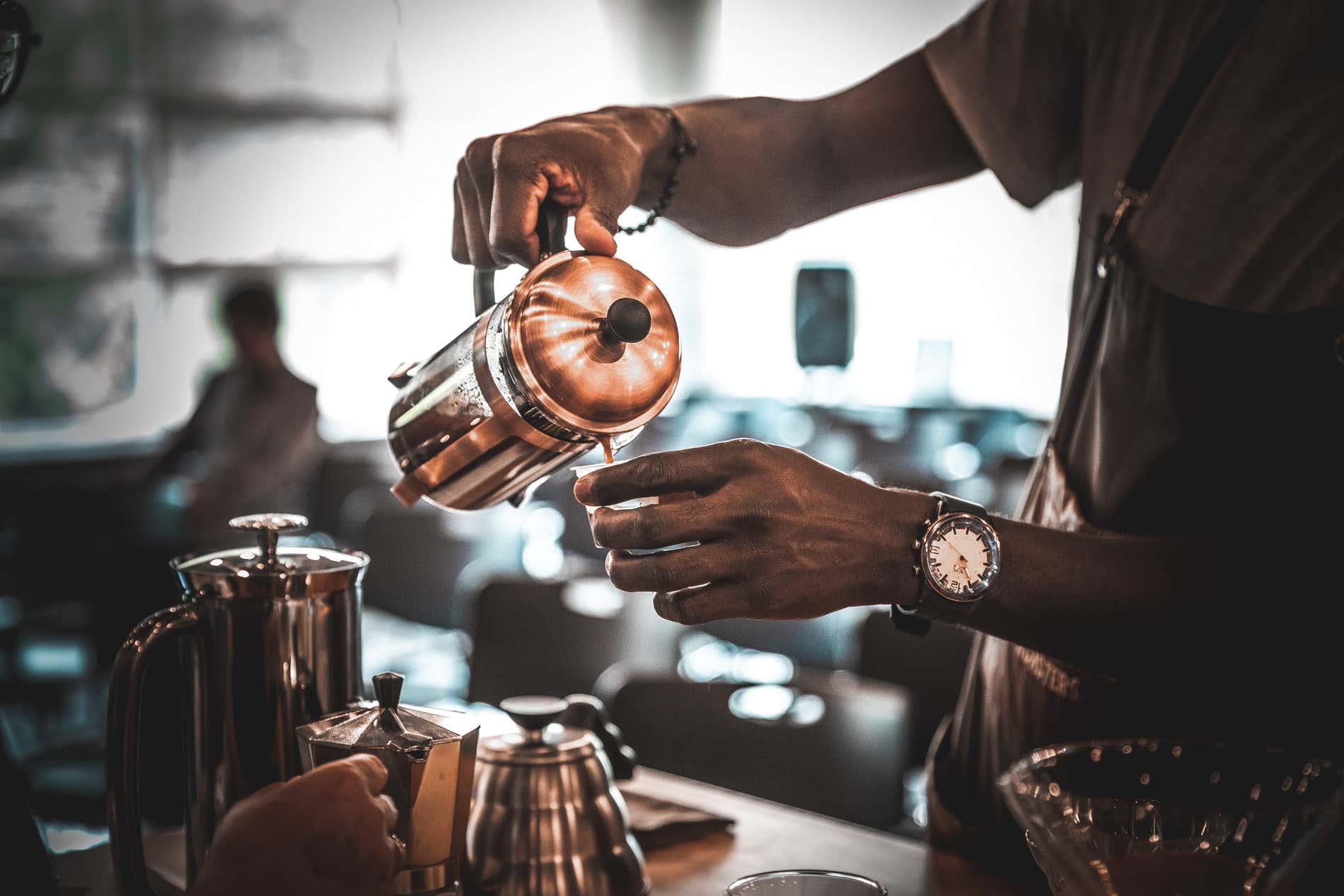
Espresso, latte, cappuccino, mocha, flat white, Irish coffee… No matter where your caffeinated preferences lie, finding the perfect coffee bean can elevate your coffee experience to new heights. From bold and robust to smooth and creamy, there’s a world of flavours waiting to be explored. Today at Civitatis, we’re diving into where to find the best coffee beans in the world, so you can savour the most exquisite flavours no matter where you are.
1. Colombian Andean Coffee Beans
Colombia is the third-largest coffee-producing country in the world and the largest producer of mild coffee. Known for its high-quality Arabica beans, Colombia’s coffee is celebrated for its smooth, balanced flavour and mild acidity, making it a favourite among coffee connoisseurs worldwide. In fact, the 100% Arabica variety even has a protected denomination of origin. Enjoy notes of fruit, nuts and caramel in these coffee beans.
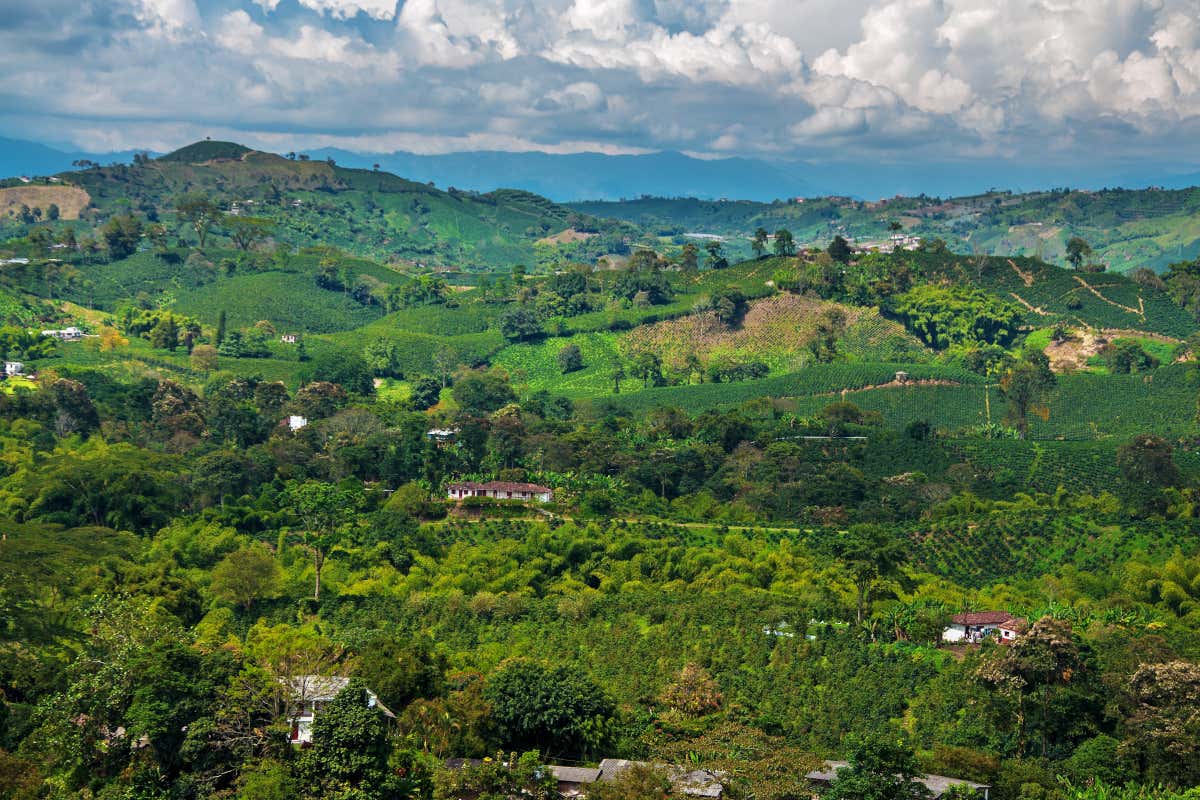
If you’re visiting Medellín, you can visit one of the nation’s many coffee farms on this Guatapé Coffee Tour, or this San Rafael Coffee Tour—both of which are in Guatapé, just outside of the city. From Bogotá, you can enjoy this Bogotá Coffee Farm Day Trip.
2. Ethiopian Coffee Beans – The Birthplace of Coffee
Some of the best coffee in the world is grown in Ethiopia, producing between 450,000 to 500,000 metric tons annually. A significant portion of this production, around a third, comes from the southern regions of Yirgacheffe and Gedeo, known for their unique acidic flavour profiles.
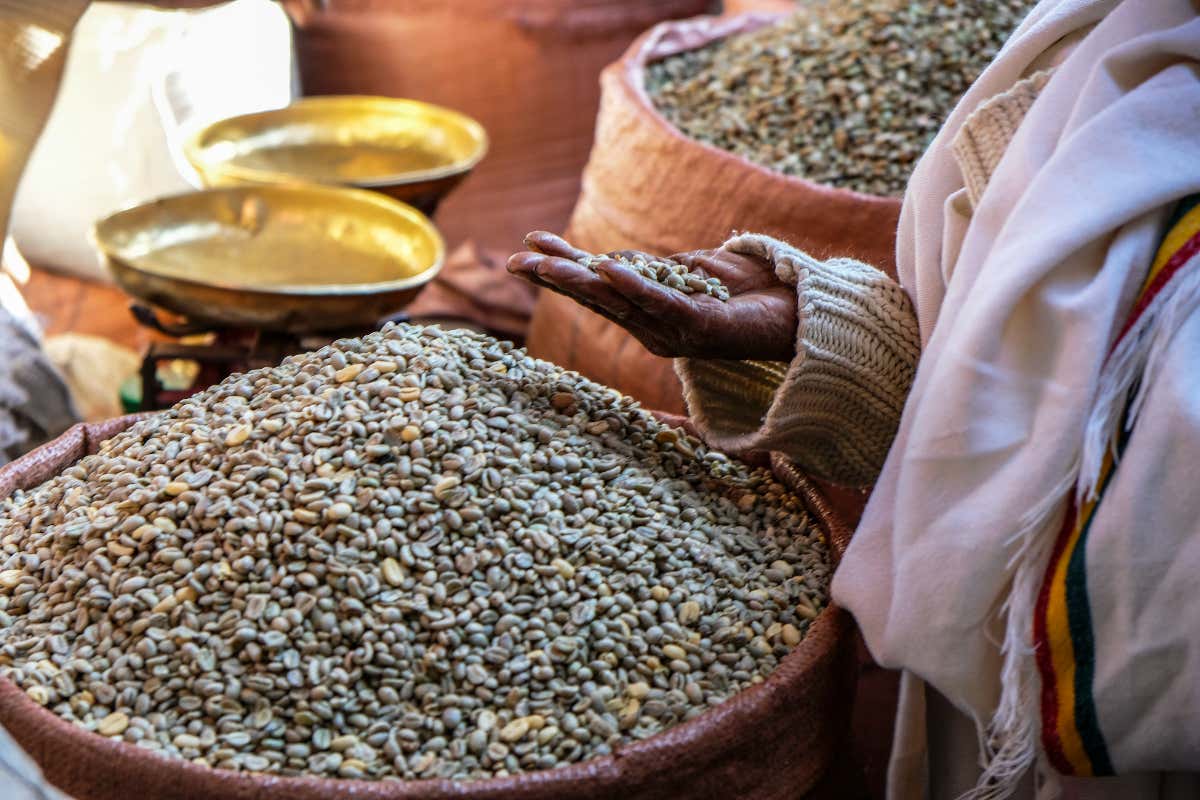
Ethiopia is often credited as the birthplace of coffee, with the popular legend of Kaldi, the goat herder, who discovered coffee after noticing his goats becoming unusually energetic after eating the cherries from a certain tree. This charming tale adds to the rich cultural heritage surrounding Ethiopian coffee.
3. Indonesian Civet Coffee – Kopi Luwak
Civet coffee, also known as kopi luwak, has become a hot commodity in the coffee world, though to the uninitiated it mightn’t sound too appetising. The civet is an Indonesian mammal that feeds on the red fruits of the coffee tree, which it expels undigested and genetically modified by the enzymes in its stomach. The excreted remains are washed, roasted and later exported, mostly to the United States and Britain.
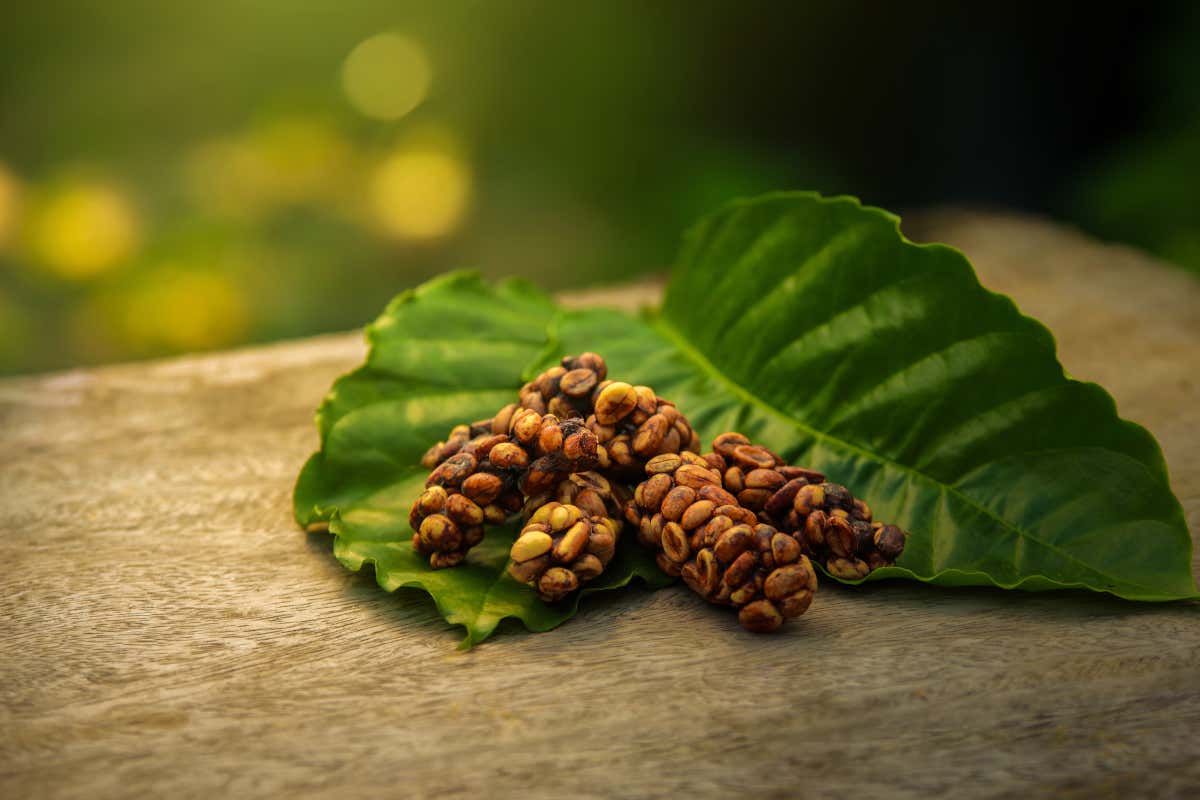
The coffee is said to be earthy and musty, with notes of caramel and chocolate. If you want to taste it for yourself, you’ll have to pay for the luxury, with a singular cup costing $35-$100. Do you dare to try it for yourself?
4. Yemeni Coffee of Mocha
The Yemeni city of Mocha was a key hub for coffee exports from the 15th to the 17th centuries. This coffee was highly prized for its strong chocolate flavor and fruity notes. Interestingly, mentions of this beverage date back to the 10th century, with Avicenna, the renowned Persian physician, referencing it in his writings.
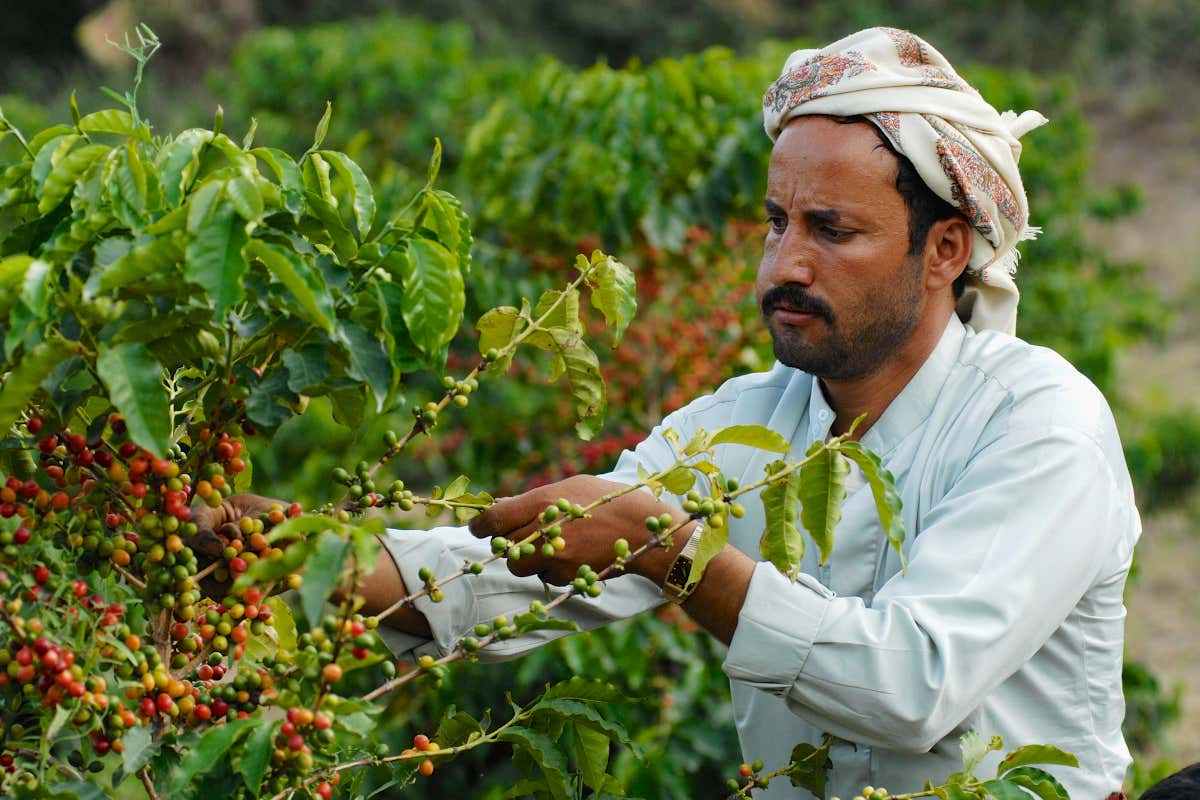
This wild, natural coffee is full-bodied, and with a rich, winey acidity, and often notes of chocolate, cardamom, cinnamon and raisin.
5. Mexican Café de Olla
There are many theories about how coffee arrived in Mexico; some say it was introduced in the 18th century by French traders from Martinique, while others claim that it was the Spanish Count of Oñate who brought the crop into the country. Regardless of its origin, Mexican states like Puebla, Oaxaca and Guerrero have come to export thousands of kilos of Arabica bean every year.

It’s in Chiapas, however, precisely in the plains of Soconusco, where coffee has a protected denomination of origin. If you visit this area, be sure to try café de olla, prepared in a pot with cinnamon and piloncillo.
6. Jamaican Blue Mountain Coffee
In the Blue Mountains of Jamaica, coffee trees grow at an altitude that ranges between 900 and 1,600 meters (2952 and 5249 ft) above sea level. This, together with the organic fertilizer, the humidity, the temperature of the soil and the wooden barrels that transport it, has led to the creation of one of the world’s most delicious coffees.
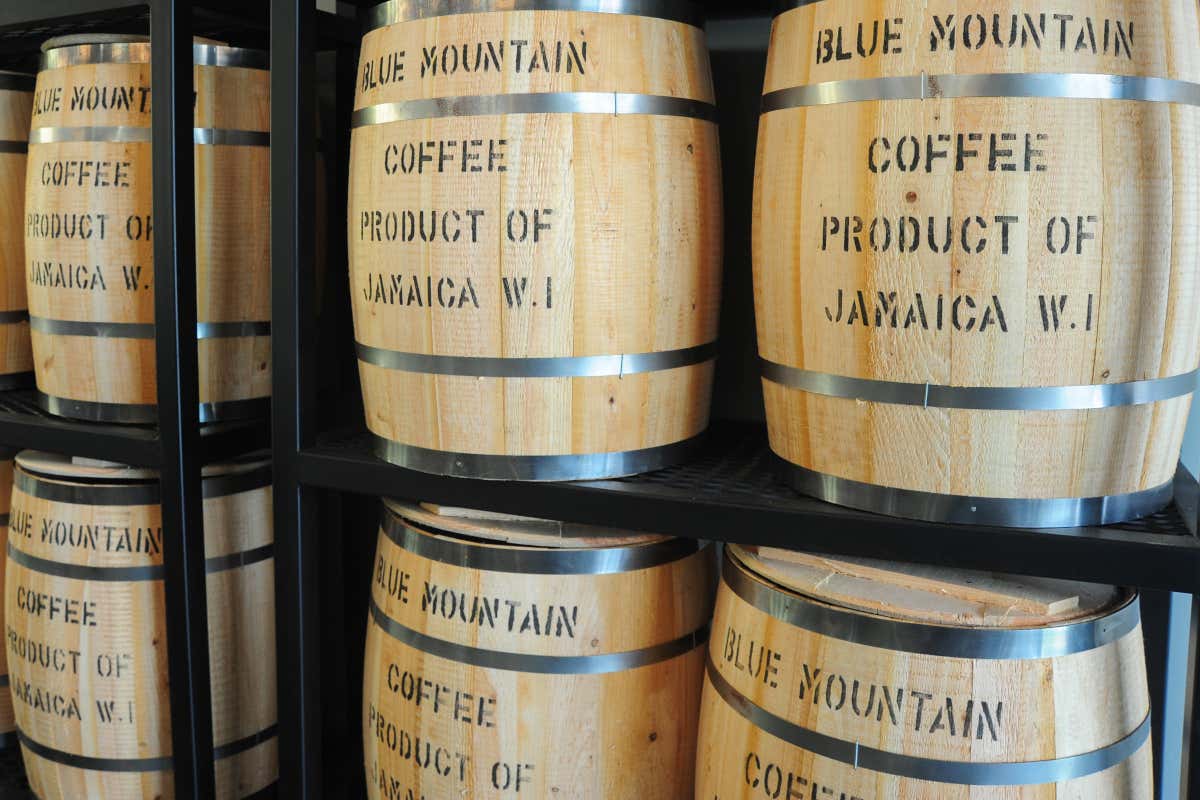
The flavor of this beverage stands out for its low acidity, fruity notes and subtle notes of chocolate. Although loved all over the world, these characteristics have clearly won over the people of Japan, as 75% of Jamaican Arabica production is exported to Japan. If you’re visiting Jamaica and want to indulge in this fantastic coffee, check out this Blue Mountain Coffee Day Trip from Kingston.
7. Traditional Brazilian Cafezinho
An intense body and strong aroma are the traits that best describe Brazilian coffee. Arabica and robusta beans arrived in this Latin American country in the 18th century and the climatic conditions did the rest. If you’re visiting Brazil, don’t hesitate to order a traditional cafezinho, a strongly flavored coffee drink prepared on the spot. Want to know more? Pay a visit to a coffee estate in São Paulo, and you’ll learn all about the secrets of coffee cultivation.
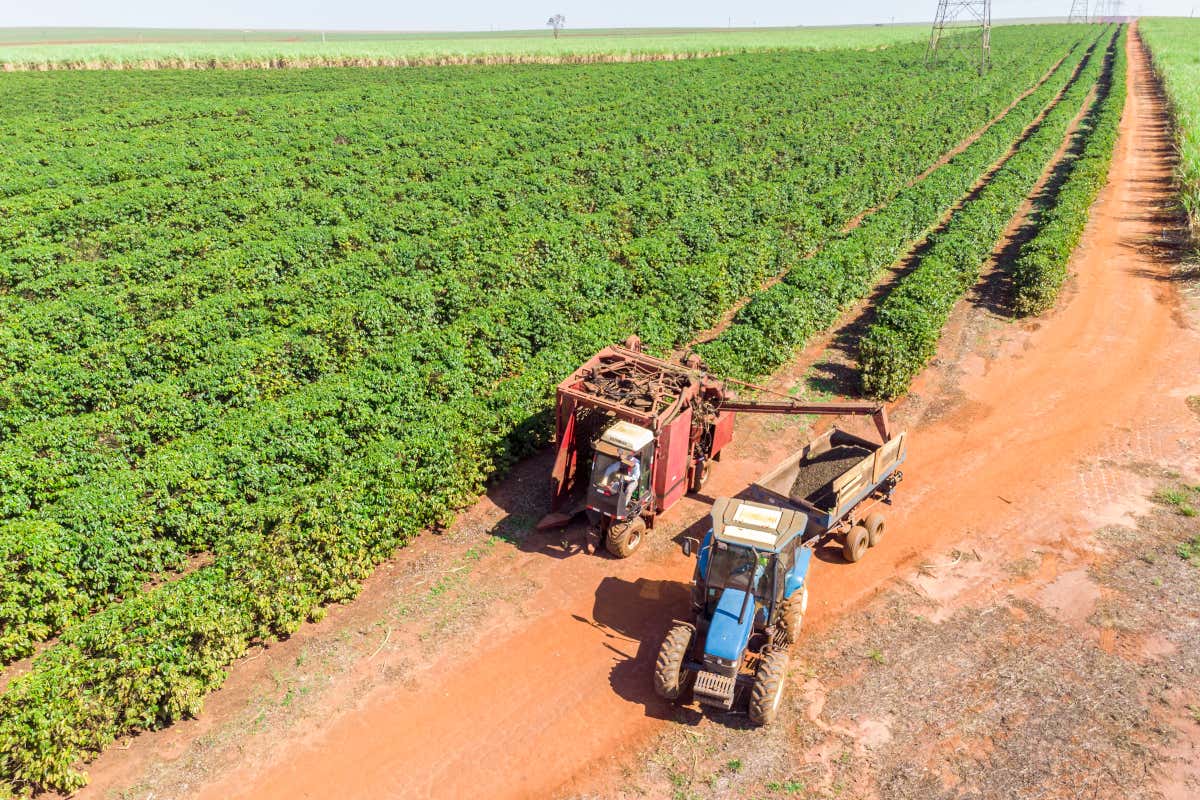
8. Italian Espresso – The Home of Coffee
Some of the tastiest coffee in the world can be found in Italy, but not because the Mediterranean country is a producer of this beverage. Italy has been considered the global leader in coffee since around the 20th century, with the advent of the espresso. Italy is also responsible for the moka pot, invented in 1933. Today, Italy has Europe’s largest roasted coffee production, and is home to some of the world’s best blends.
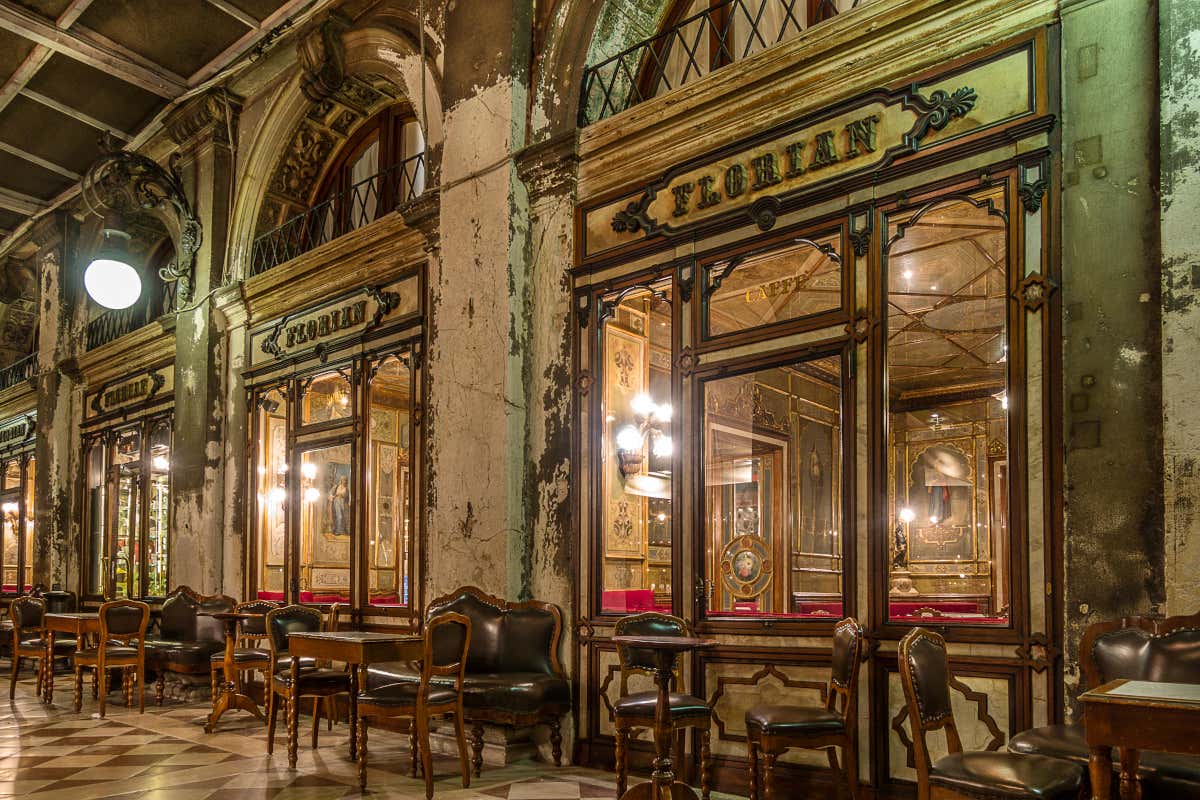
Italians have their own coffee rituals, such as drinking cappuccinos and latte macchiatos only in the mornings or drinking espresso at the bar and not at the table. One of the places that show the trajectory of this beverage in the country is the Caffè Florian, a coffee shop in Venice that has been open without interruption since 1720!
9. Guatemalan Coffee Beans
Guatemalan coffee beans are renowned for their rich, complex flavors and aromatic profiles, making them a favorite among coffee connoisseurs. Grown in the high-altitude regions of Guatemala, these beans benefit from the unique microclimates and volcanic soil, which impart distinctive notes of chocolate, citrus, and floral undertones. The careful cultivation and traditional processing methods ensure a high-quality bean that delivers a vibrant and well-balanced cup of coffee.
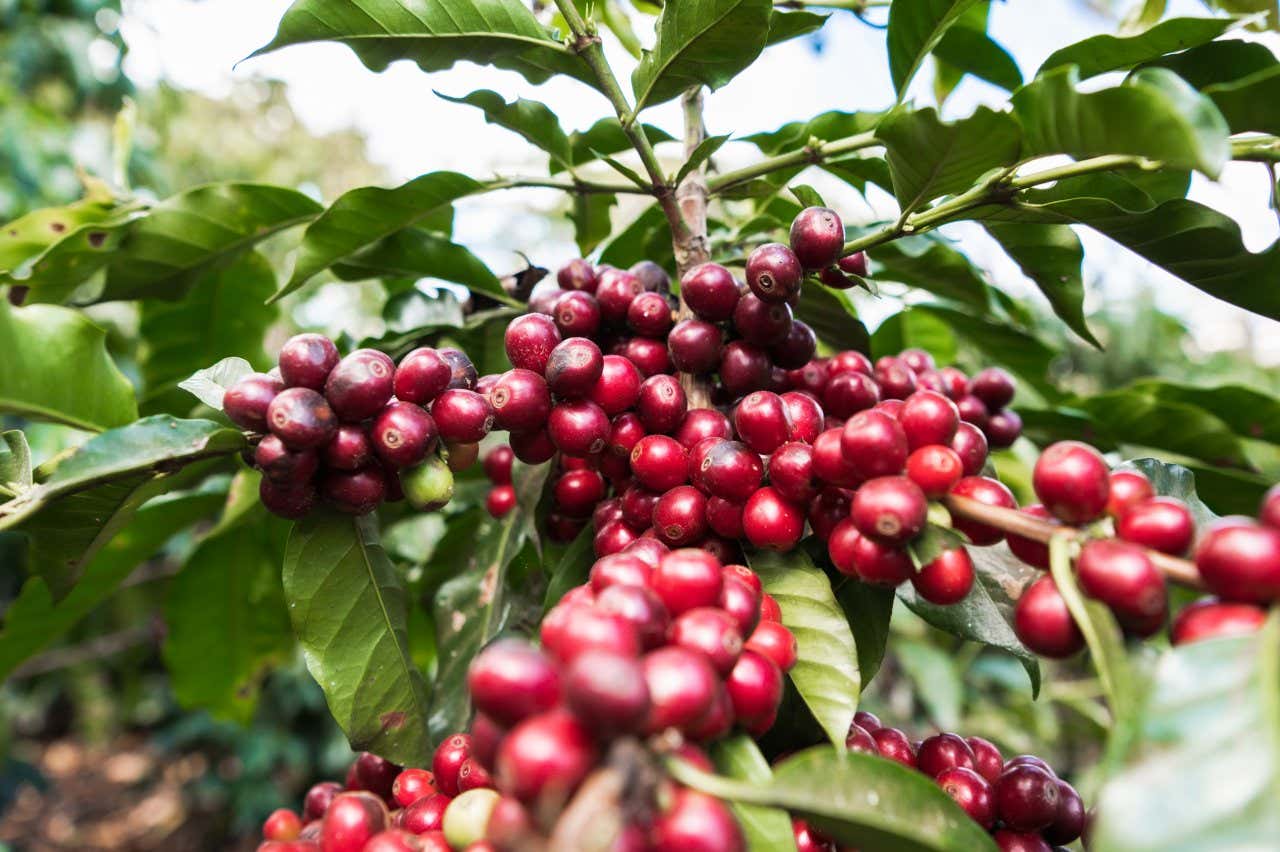
Visit Finca Colombia coffee farm south of Antigua Guatemala with Civitatis. There, one can gain an insight into the production process in this area and enjoy a tasting of this coffee’s intense flavour.
10. Kenyan Coffee Bean
Kenyan coffee beans are celebrated for their bold flavors and bright acidity. These beans create a cup of coffee boasting notes of berry, citrus, and wine-like undertones. The combination of fertile volcanic soil and meticulous processing techniques results in a high-quality bean that offers a vibrant and complex cup—a favourite among coffee connoisseurs and casual coffee enjoyers alike.
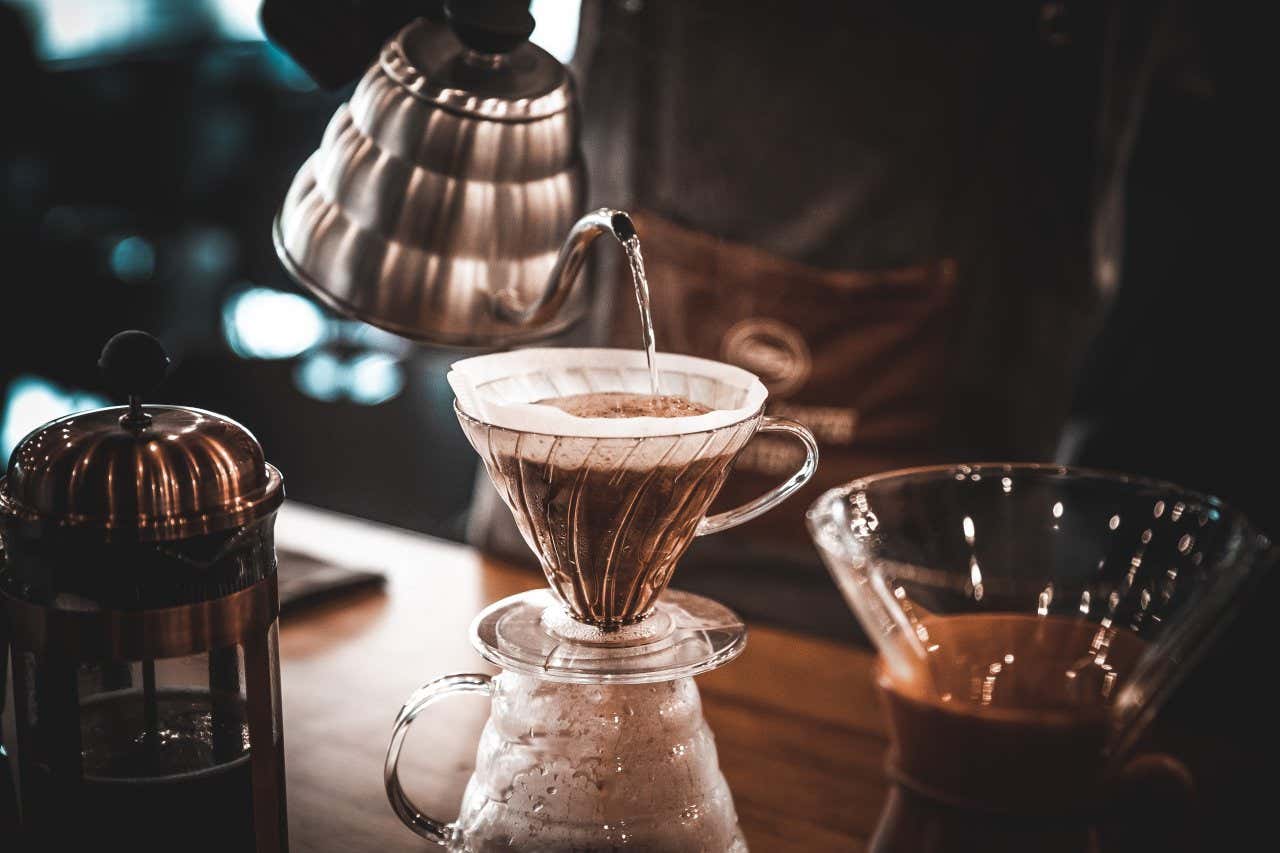
There you have it! Those are the top 10 coffee beans in the world and where to find them. There’s a huge amount to discover in the world of coffee, all over the world. If you’re travelling to any of these countries, be sure to check out more tours & experiences with Civitatis, to get the most out of your travels. Cheers!






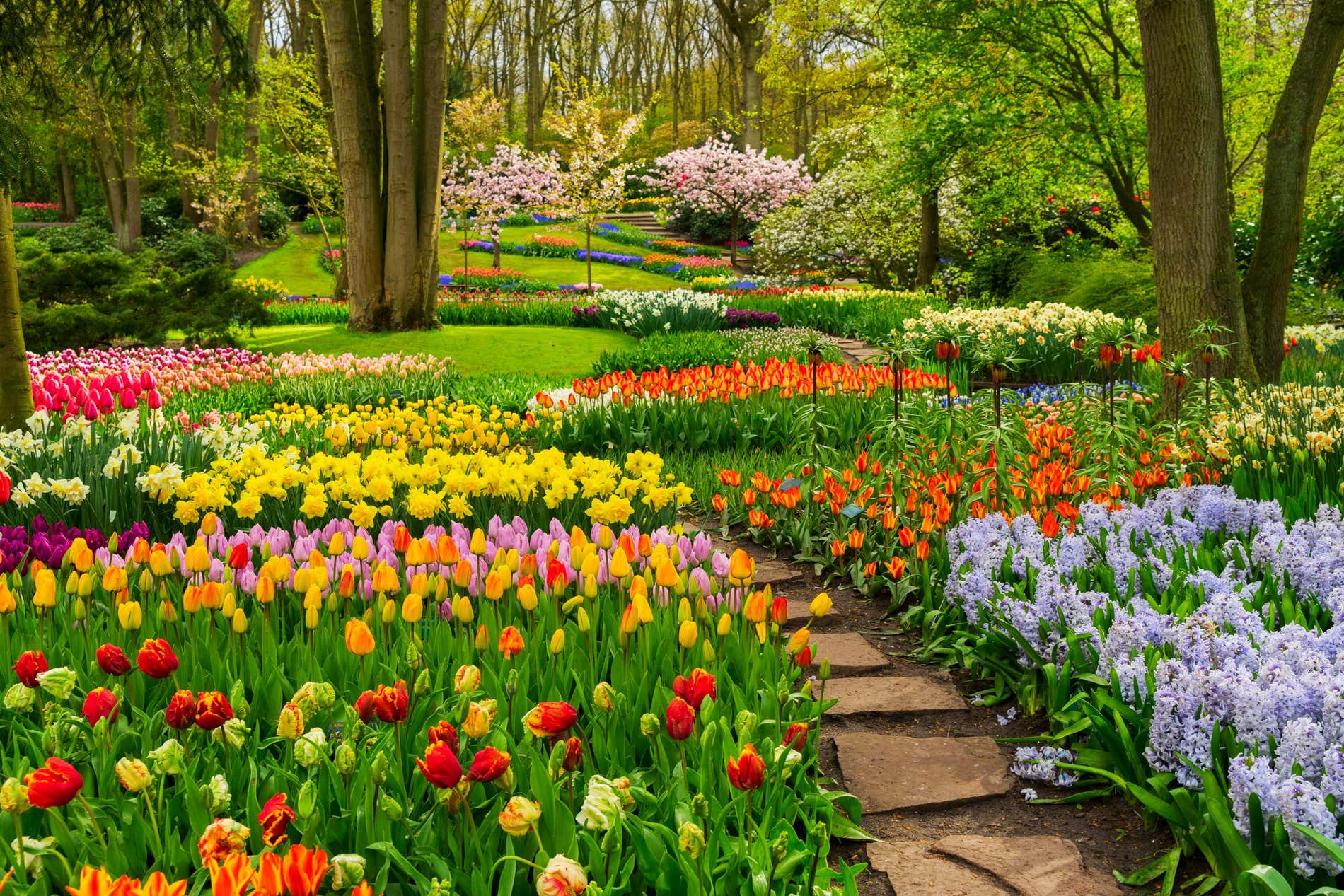
Sooo, then why the Panamanian Geisha coffee is the most expensive in the world
What about the Cuban coffee Khloe Kardashian could not get enough of or the Kingly Kona coffee that is known for its heavenly island flavor and robust caffeinated high? That’s okay, more for us.